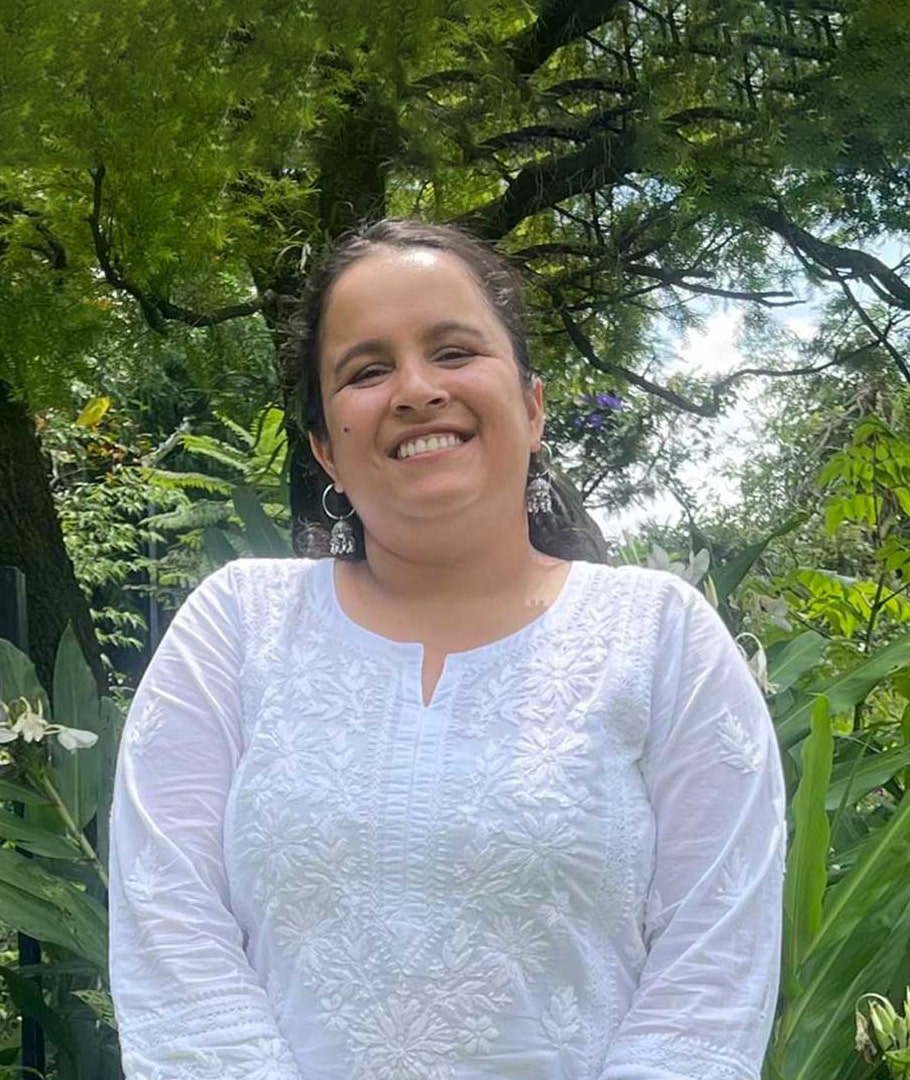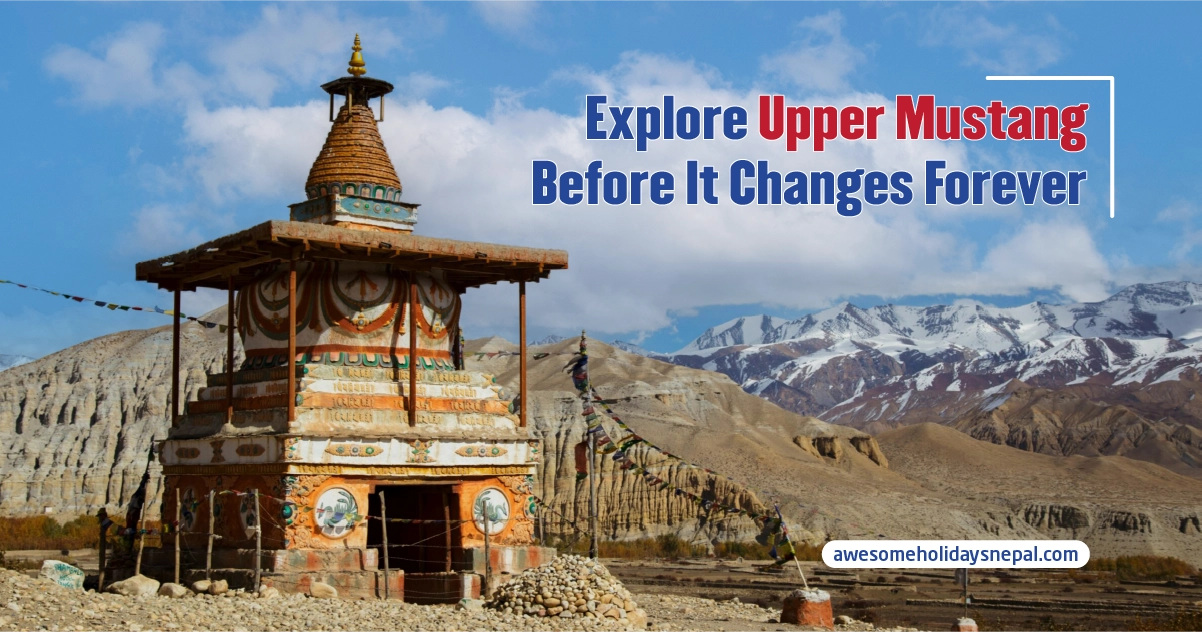Chhath Puja: A Voyage to Lord Sun
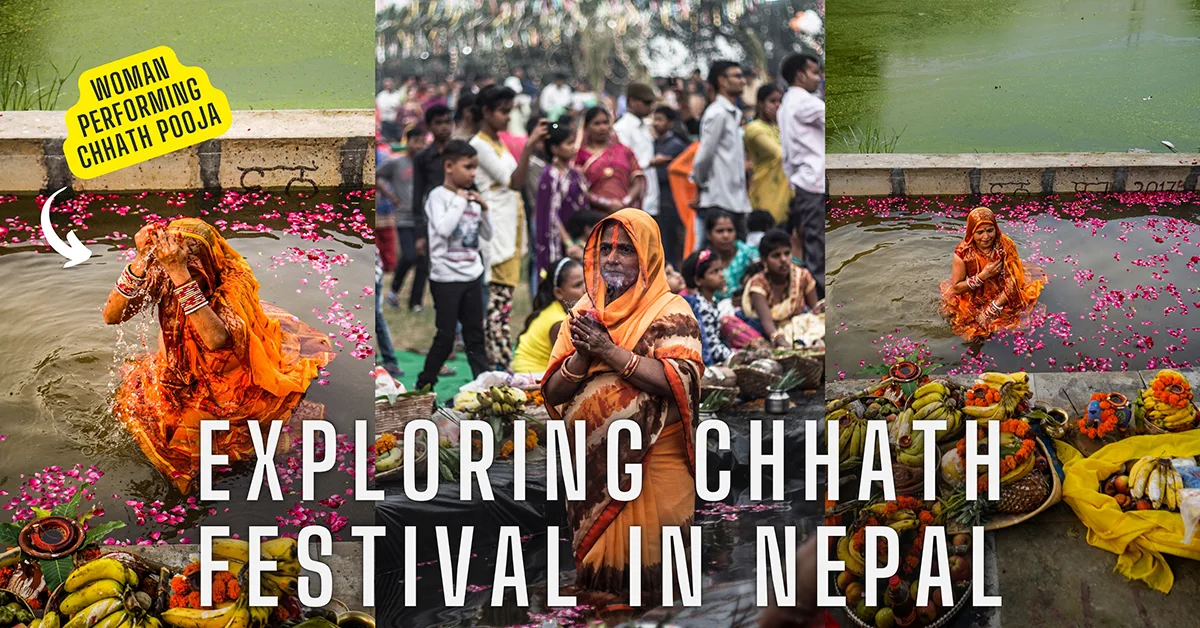
Festivals in Nepal are as diverse as the landscapes, vegetation, and people who follow many different customs and traditions. Chhath puja is an auspicious celebration by a specific community of people residing in the flat terrains of the Terai region. The people of Madhesh province usually observe this occasion with great grandeur.
Like most of Nepal’s biggest festivals, Chhath is celebrated in the Fall, usually in November. Paying homage to the Sun, this festival is religiously significant to the Hindu people of the Madhesh community.
Go through the blog to learn about Chhath Puja, its cultural significance, how Chaath is celebrated, and much more.
What is Chaath Puja?
Chaath Puja, also known as Kartik Chaath Puja, represents decades-old culture in the Terai regions of Nepal bordering India. Like these Nepalese communities, Indians of some states also observe this festival with the same dedication and splendor.
People worship the Sun as their lord and “Chatti mai,” the goddess, for four consecutive days on this festival. Celebrating this festival is believed to bring prosperity and happiness in your life. Besides, women of the house fast on these auspicious days for the well-being of their children and the whole family.
Legend Behind Chhath Puja
Before understanding how Hindus celebrate this festival, it is necessary to know why Chaath is celebrated in the first place. The story behind this religious practice dates back to Treta Yug, an ancient Hindu-era. According to Hindu mythology, in Rigveda, Queen Draupadi observed the fast on Chaath and prayed to Lord Surya to get rid of all her problems. This practice also helped the Pandavas, the kings, regain their lost kingdom.
Similarly, another legend mentions that Yogis used to practice this fasting method to obtain energy from sunlight while they were in deep meditation. This gives proof of how yogic practices perfectly align with the scientific history of Vedic times.
Another legend tells the story of Lord Rama, depicting historical evidence of this religious practice. The story states that Lord Ram and his wife Sita kept a fast after returning from their 14-year-long exile. After the coronation, the king and Queen prayed to the Lord Sun for his mighty blessings.
How is Chaath Celebrated?
According to the Nepali calendar, the festival is celebrated on the sixth day of Karthik month, as Chaath means six. This is the final day of grand celebrations and the ending of the fast. Even though the Nepali calendar marks a one-day holiday, the festival is celebrated for four days, starting with a holy bath on the first day.
Following three days, they fast, worship, listen to the sacred stories of the lord, and provide offerings to the setting sun. Following are the days with unique names, each with its significance and set of activities:
Day 1: Nahai Khai
As the name suggests, this day is meant to purify your body inside out. All the devotees who celebrate this festival take a holy bath in a pond or river and then bring the water home to cook their meals.
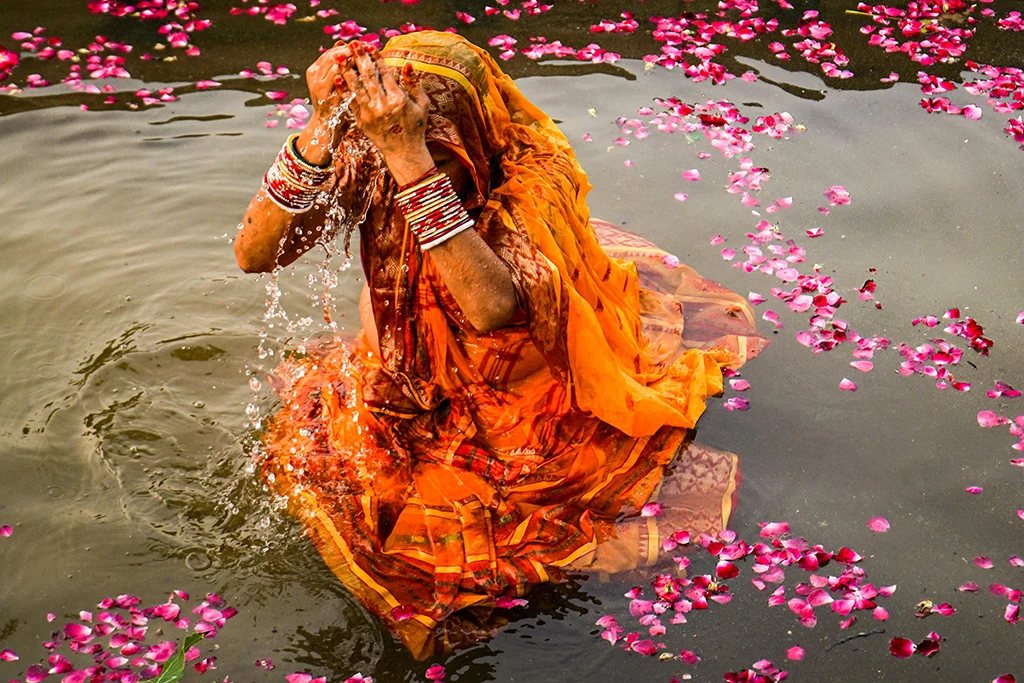
Since a person is supposed to eat a pure Sattvic meal, they commonly cook bottled gourd or pumpkin curry and lentil soup with their rice on this day. The people who will be fasting the next day take just one meal on this day and hence are served first. Later on, other family members also take this meal to keep their gut cleansed for the festivities.
Day 2: Lohand and Kharna
On the second day, the women of the family keep a fast for the whole day without eating a single bite. In fact, fasting people do not even drink a drop of water until sunset. They spend the whole day shopping for all the items necessary for the worship and making food and other preparations needed for the celebration later in the evening.
That very evening, they also made a special prasad, a sweet dish made with jaggery, rice, and milk, to worship the goddess. All the women who kept the fast worshipped Chhathi Maiya and prayed for their family’s well-being. When done, the prasad made earlier is distributed among the family and neighbors before they devour it themselves and break the fast.
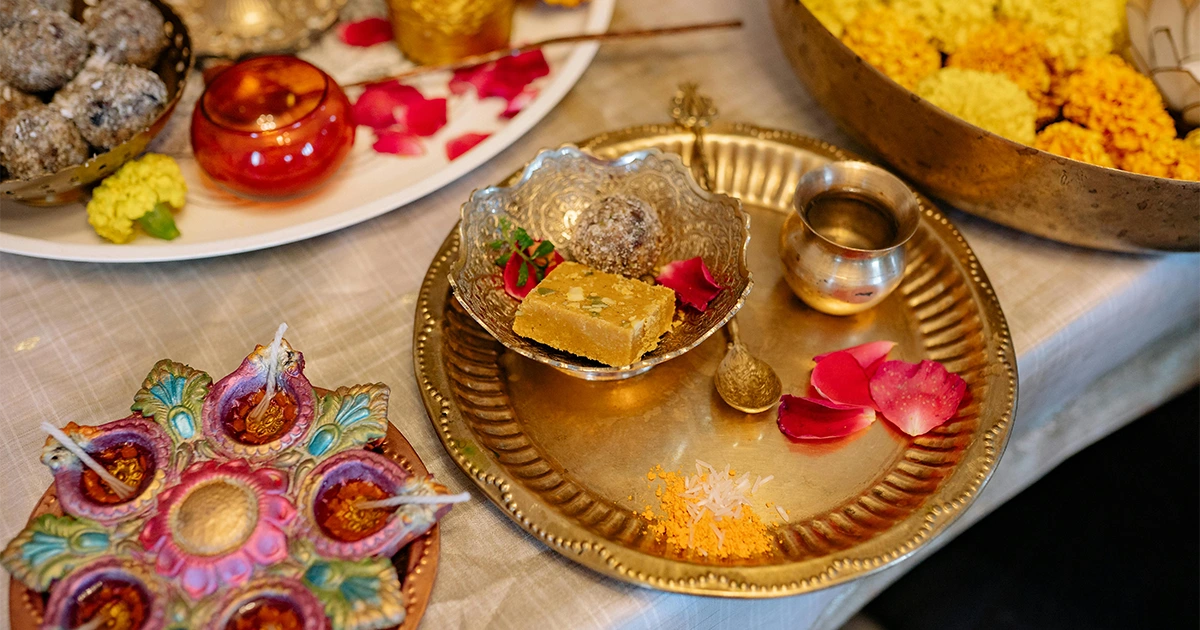
After breaking the fast with chappati and kheer, the fasting person doesn’t eat anything for the next 36 hours. Also, there is a special dish called Thekuwa that people make at midnight on this day. It is considered a favorite food of the goddess and hence prepared with love before the big puja the next day.
Day 3: Chhath Puja
The third day is the festival’s main day, and it is celebrated in two different phases: one after sunset and the other after sunrise the next day. People who are fasting rest all day and prepare offerings for Lord Sun and Goddess Chhathi Mai or Chhathi Maiya. They make a basket of bamboo sticks to carry around the offerings of fruits, special sweets, and “Thekuwa” made the day before at midnight.
Later in the evening, all the people gather around the river banks, ponds, or streams, also called “Sandhya Ghat,” to offer well-prepared offerings. People who have kept fast sit on the river banks and start worshipping the setting sun while singing folklore.
After the sun sets, fasting people offer the “Sandhya Argha,” an offering to worship the Sun God, and return home. Continuing the fast, they wait until the next morning to wrap up the festival and their fast.
An Additional Ritual
Additionally, people who recently got married or had kids perform one more ritual in the evening in their own houses. In local terms, this ritual is called Kosi or Koshiya and is basically a practice for the well-being of the kid and newly tied knot. They prepare a canopy using sugarcane sticks and tie these sticks together using a yellow cloth.
Beneath this canopy, people keep lighted lamps and earthen pots in the shape of elephants. These five sticks represent the five elements of nature: earth, fire, sky, water, and air. The earthen lamps symbolize solar energy sustaining the light. Initially
Day 4: Worshipping the Rising Sun
Following the fasting day before, people who have kept fast provide offerings to the rising sun on this day. Like on all other days, the family gathers on the river banks early in the morning and prepares all necessary items for worship. They also sing songs in folklore praising the goddess and worshipping her.
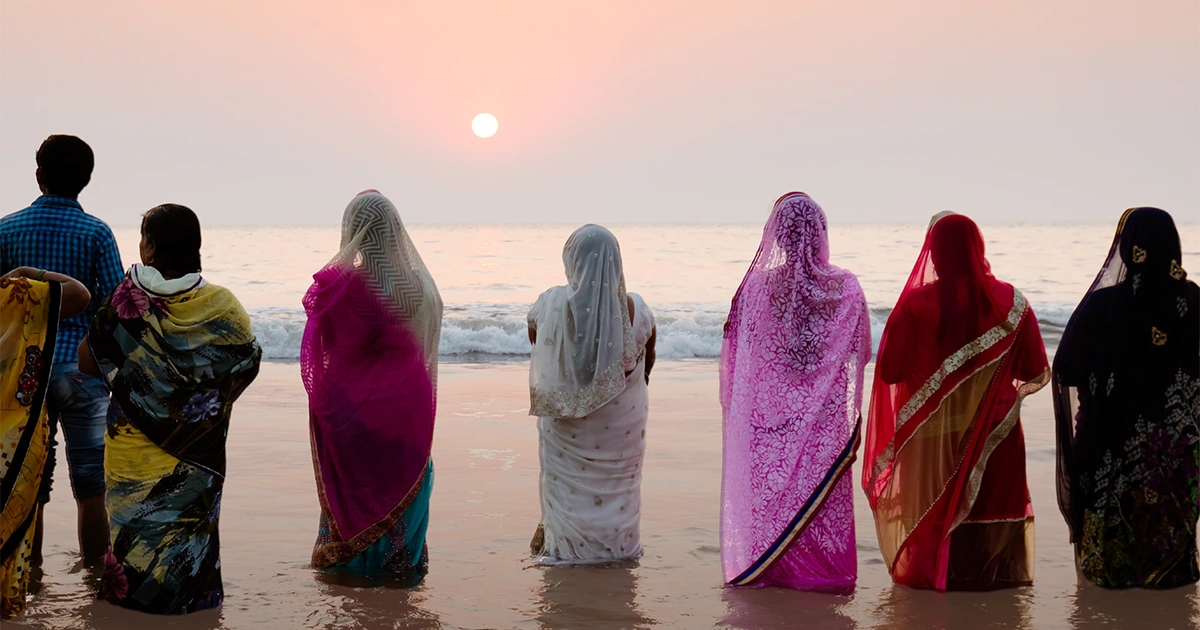
As soon as the sun rises, a morning offering, “arghya,” is placed in the bamboo basket along with other offerings. When done, they distribute the prasad to their elders and all the people around them before finally returning to their homes.
Then, they break their 36-hour fast with ginger water and eat light, delicious food. Hence, the festival ends with breaking the fast on this very day.
Facts About Chhath Puja
Indeed, celebrating a festival is a happy occasion, but Chhath puja isn’t just ant Puja. There are specific facts about the festival that you need to be aware of:
- The festival follows right through the biggest festival of Hindu people, Deepawali. Thus, the preparation for Chhath begins immediately in the households that celebrate it.
- Cleanliness is a significant concern in the household and surroundings celebrating the festival. People even wash their corridors and pavements before commencing the festival.
- The river banks, ponds, streams, etc., are cleaned and decorated for observing the festival.
- Every family member needs to bathe every morning and wear clean clothes to celebrate before sitting for the Puja.
- Nobody in the house is supposed to eat meat, garlic, and other food that isn’t considered pure.
- You cannot put salt on while making the prasad. In fact, one isn’t even allowed to touch the prasad with the same hand that you touched salty items with.
Related blog posts
Discover a choice of tourist destinations loved by most of our visitors. Whether you're on a jungle safari to spot rare animals or walking through a world heritage site, these well-planned itineraries cover the major highlights of Nepal.

